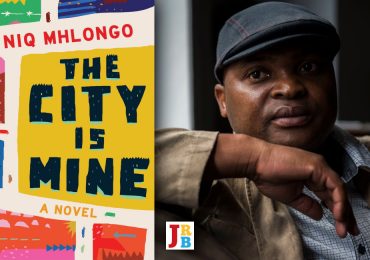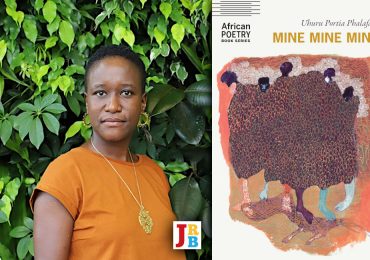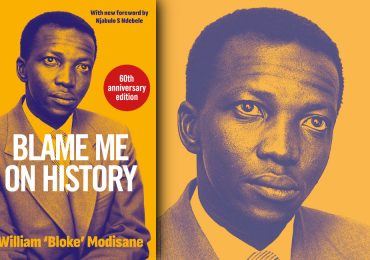The man at the bottom of Johannesburg Road in Highlands North, where Berkswell Road intersects it, punching it from the left to form a T-junction, has been standing in one place for over ten years.
Warra, as he is affectionately known, remembers every change that has happened on the corner over those years. He remembers the collapsed basketball court across the road, he remembers when the traffic light was not functional for a few months, he remembers the house behind him before it was sold and renovated.
Everything about this is remarkable but commonplace. In every big city, on street corners, at traffic lights, on pavements, by shop fronts, there are people who have been standing there for years. They blend into the functioning and geography of the city. On the days when the man who sells an assortment of bags, wallets, ID covers is under the weather, one may mistake a familiar street for another, or even worse, one may mistake a familiar street for a new street, cartographed and erected overnight.
Geographic markers in the city are more than buildings. Sometimes, in the ever-shifting development of the city, in which shops adopt many facades, and buildings go down and up in a short space of time, the architectural is not a reliable marker of geography. Cities are always under construction.
Time collapses. Some buildings are erected so quickly that the memory of what was there before lingers in the air—a feeling, a flare, a blur, but nothing concrete. In remapping the city, the man who has been standing at the bottom of Johannesburg Road for over ten years, or the tailor off Tramway Street in Turffontein, become markers. Their absence is larger than themselves, it alters the geography of the city, interrupts the city’s routine. All cities are patterns of routine, after all, repeated in small and large ways.
Apart from being a geographical question, this is also an issue of archiving, recording the city for all those who witness it change. A typical city dweller observes the city in passing, on their way to or from somewhere else. The city street vendors, standing on the same spot every day, see the city in its stillness. They archive the alterations, remembering what was there before, what has come after. Downtown, outside a photographic expedition, a man told me that he had been standing on that corner for over twenty years, since arriving in the city from the Free State. He remembered what building had been there when he arrived, what replaced it, what was there now. City documents will record the facts of city changes, but the people on the street record the heart of the city.
This kind of archiving the city is unique to the human eye. Even books like Forgotten Johannesburg by Tony Grogan or Hidden Johannesburg by Paul Duncan, for all they accomplish, are unable to capture the city in this way. These books capture the city as was or as it is, not as it breathes.
And when archivists of the city are not in agreement about the details of its development, the inconsistency of their remembering is more beautiful than photographs, which cannot be disputed. Part of loving a city is accepting that it is not constant, it changes often, it means different things to different people.
In his debut exhibition Joni Ya Milenge, at the Kalashnikovv Gallery in Braamfontein, the artist Isaac Zavale attempts to capture the city dwellers who stand and watch the city change. In the painting ‘Sister Sister, I & II’, he depicts women sitting on a pavement with their hairstyle billboards, attracting passing customers. These women are at work, but are occupied, too, with another responsibility, becoming the geography of the city, and archivists of city development.
The economic livelihood of street vendors is always under threat. City policies and municipal developments are always squeezing them, between shrinking pavements and expanding roads. City policymakers insist that street vendors make the city unhygienic, accuse them of being noisy and disrupting the smooth flow of traffic. Nobody recognises these people as archivists, as the people to turn to when the city seems unfamiliar, when nobody can remember what was where and when.
In the never-ending process of creating urban interventions aimed at easing traffic, easing overcrowding, providing accommodation, very few cities have turned to the everyday archivists. Instead cities rely on often unreliable, static records, records that do not entertain the city’s malleability.
What is the memory of the city if not seen through those who stare at it for years, witnessing its day-to-day changes, as it breathes every day?
- Guest City Editor Lidudumalingani is a writer, filmmaker and photographer, and winner of the 2016 Caine Prize. Follow him on Instagram and Twitter.






This is amazing, the archivists are indeed reliable source of information whenever you are in the cities. When reading this, I kept on thinking of one mother when I was doing my internship at Auckland Park. She became a mother to me and even assisted me with getting a nearby accommodation.